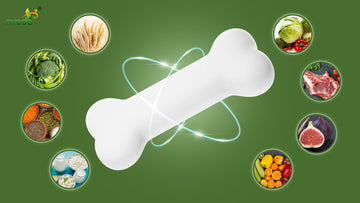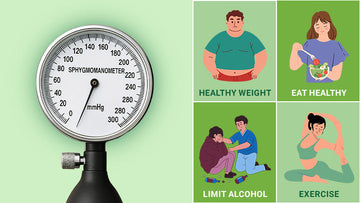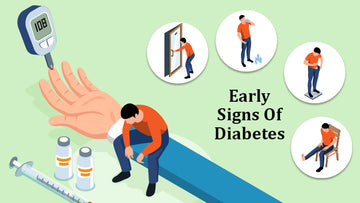Osteoporosis is indeed one of the most prevalent metabolic bone diseases, characterized by decreased bone density and strength, which makes bones more fragile and susceptible to fractures. The most common fracture sites in individuals with osteoporosis are the spine (vertebrae), hip, and wrist.
Fractures, particularly in the hip and vertebrae, can lead to significant disability, loss of independence, and increased mortality. Hip fractures often require surgical intervention and extensive rehabilitation, while vertebral fractures can cause severe pain, deformity, and height loss.
It's important for individuals at risk of osteoporosis, such as postmenopausal women and older adults, to engage in preventive measures like adequate calcium and vitamin D intake, regular weight-bearing exercise, and lifestyle modifications such as quitting smoking and reducing alcohol consumption. Screening and treatment options, including medications, are also available to help manage and reduce the risk of fractures in people with osteoporosis.
Nutrients for strong and healthy bones
Nutrition plays a crucial role in maintaining and improving bone health. Here are some key nutrients and dietary practices that are essential for bone health:
- Calcium - Calcium is the primary mineral found in bones and is essential for maintaining bone mass and strength. available in dairy products (milk, cheese, yogurt), leafy green vegetables, cereals, almonds, and fish
- Vitamin D - Vitamin D helps the body absorb calcium and supports bone growth and remodeling.
- Magnesium - Magnesium plays a role in bone formation and helps regulate calcium levels. available in Green leafy vegetables, nuts, seeds, whole grains, and legumes.
-
Phosphorus - Vitamin K is involved in bone mineralization and helps regulate calcium balance. available in Leafy green vegetables, fish, meat, and fermented food
-
Vitamin C - Vitamin C is crucial for collagen formation, which is a component of bone matrix. available in Citrus fruits, strawberries, bell peppers, broccoli .







